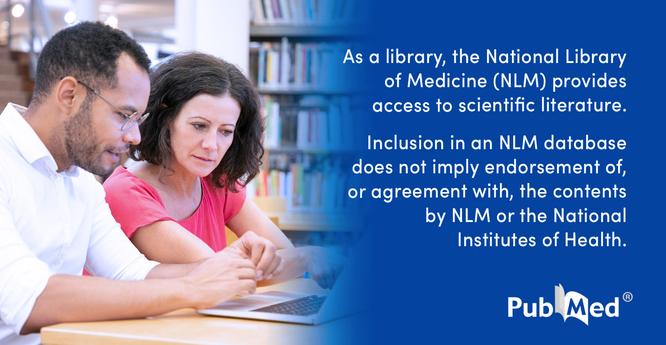How to Stop Thinking Too Much via Raptitude [Shared]
I appreciate Sam Harris’s apt analogy about inner monologues — being caught up in your own thinking is like having been kidnapped and held hostage by the most boring person on earth. You’re forced to listen, as though at gunpoint, to an internal commentator who insists on telling you its impressions of everything it notices or thinks about.
Nothing is too petty, too repetitive, or too obvious for the boring kidnapper’s ongoing monologue: Susan was wrong to criticize people who wear Crocs to the grocery store; a certain politician is the worst person alive and here’s why; your ex-partner was definitely out of line when he accused you of wasting dish detergent that time; the two halves of this Oreo don’t line up, but it would be so much nicer if they did.
https://welchwrite.com/blog/2025/07/28/how-to-stop-thinking-too-much-via-raptitude-shared/


